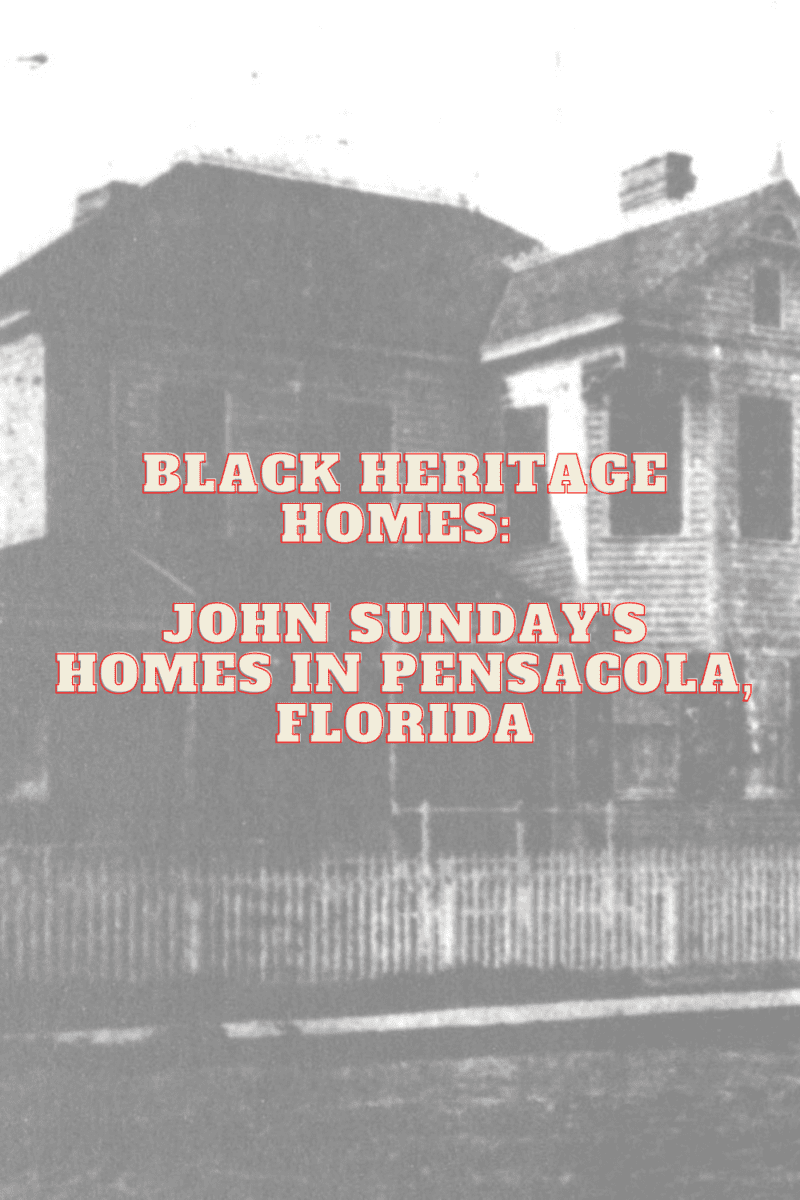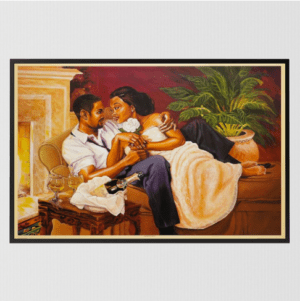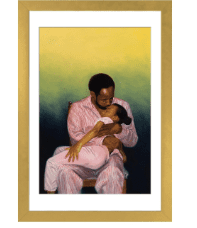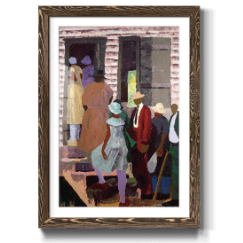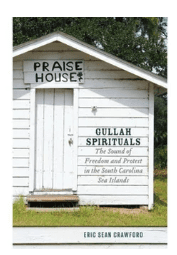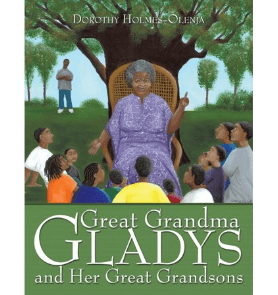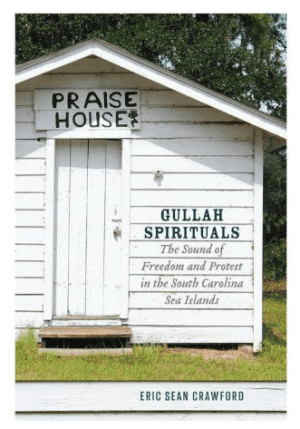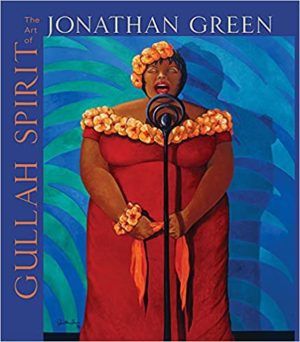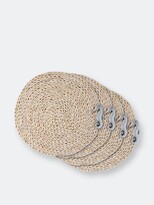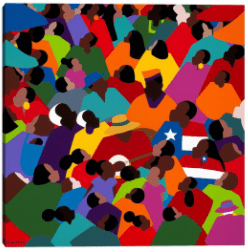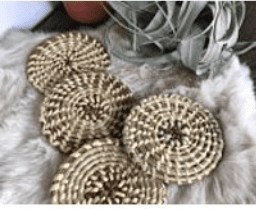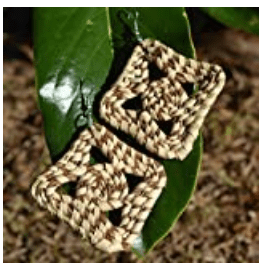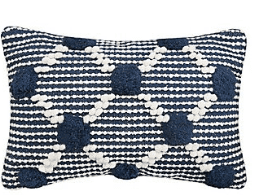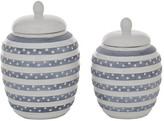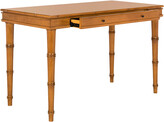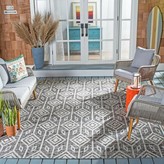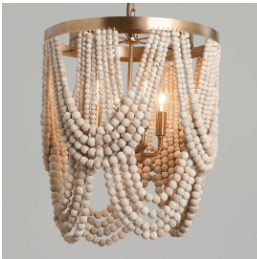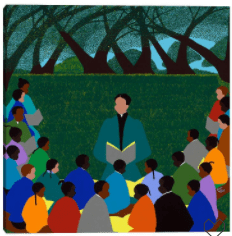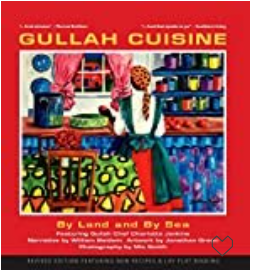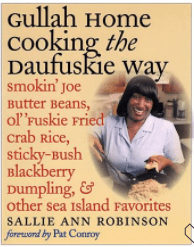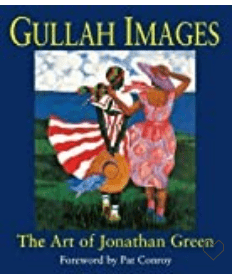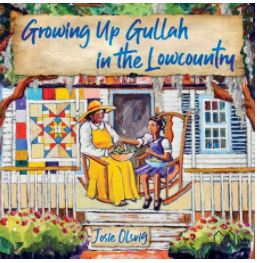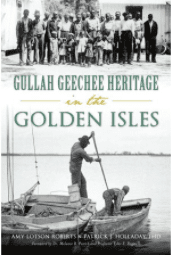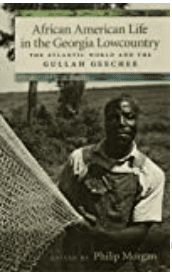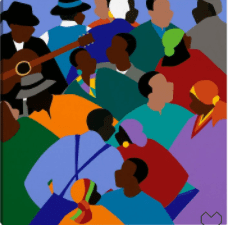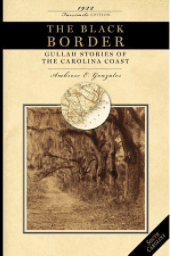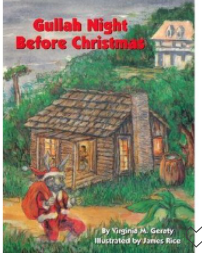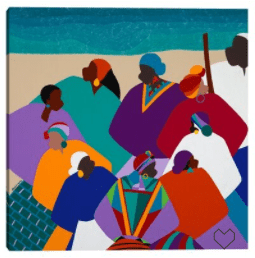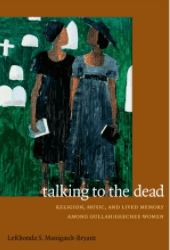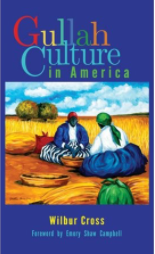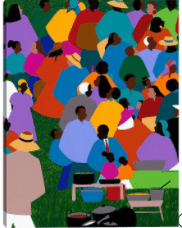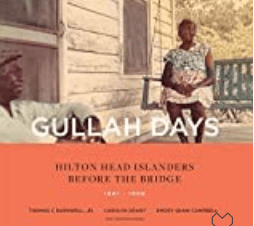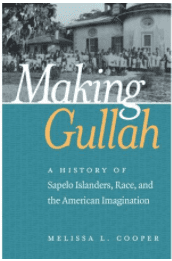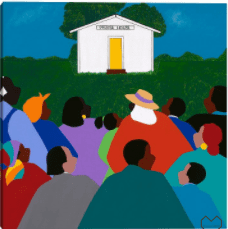
John Sunday lived an unconventional, yet remarkable life. Born in Pensacola, Florida in 1838, Sunday served in the Union Army during the Civil War, he served on Pensacola’s City Council and Florida’s House of Representatives and owned his own contracting company, all during a period when slavery had just been ruled unconstitutional. Sunday lived an interesting existence, his white father was killed for his love for a negro woman (Sunday’s mother), according to family stories, yet that didn’t stop Sunday from growing up to become a trained carpenter and eventually an extremely rich man.
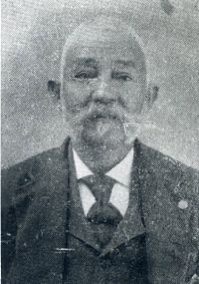
Assumed to be “the wealthiest negro” in the Pensacola area by scholar Booker T. Washington, Sunday built multiple homes and commercial buildings throughout Pensacola. He was instrumental in helping to develop the Black business district in the area. This success helped him to amass a fortune worth more than $3 million by today’s standards. According to historical records, Sunday is reported to have built over 100 homes in the Pensacola area, many of which have been torn down due to eminent domain laws, or the power of government to take private property and convert it into public use.
The House that Sunday Built
In 1901, Sunday built his own home that was referred to as the “John Sunday home.” It once stood in Pensacola’s Tanyard community. Sunday had the concrete poured for the home’s foundation in 1900 and let it set for a whole year to ensure that it was settled. He lived in the home until his death. This Queen Anne dwelling had a lot of contrast with its spandrel panels, classic gables and polygonal tower. Despite pushback from community activists, the home was demolished in 2016.

The Sunday Style
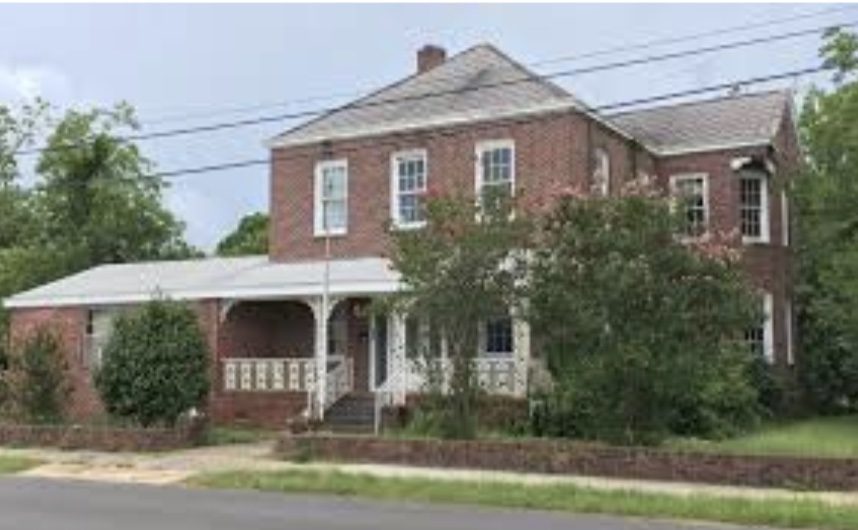
Of the many homes built by John Sunday, most were the typical southern row house, according to the John Sunday Society. Additionally, he also created Queen Anne or Victorian style homes throughout the city. His own home, and several homes constructed for the Sunday family and other close relatives had some distinct features. His wife, a Creole woman from Louisiana fancied gardens that reminded her of her Louisianan upbringing. So, many of his homes were made with elaborate gardens filled with camellias and other beautiful flowers native to Louisiana. His homes were also known to feature gorgeous staircases, bay windows, fountains and retainer walls, according to John Sunday Society President, Councilwoman Teniadé Broughton. He also gave his sister Mercedes the land for what became the historic St. Joseph’s Catholic Church.
The Sunday Legacy
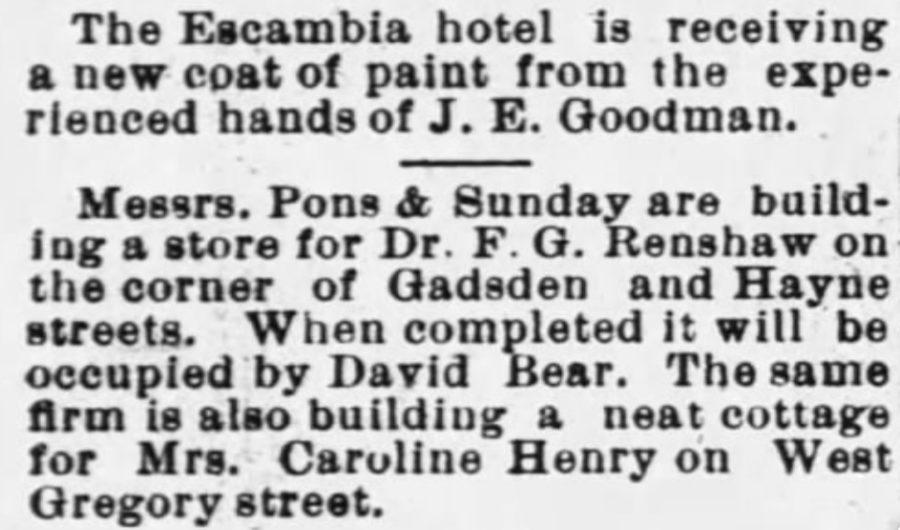
Sunday’s sons went on to create the building company Pons and Sunday with a fellow local contractor. In 1899, the company also built a store, most likely a drug store for Dr. F. G. Renshaw according to The Pensacola News newspaper. The company carried on the tradition of the family patriarch by constructing tenement cottages in 1901. H.S. Pons and Edward Sunday were the spearheads of the business and according to the National Negro Business League of 1900, the company was considered the “largest colored contractors in the city” and were “patronized by both races.”
